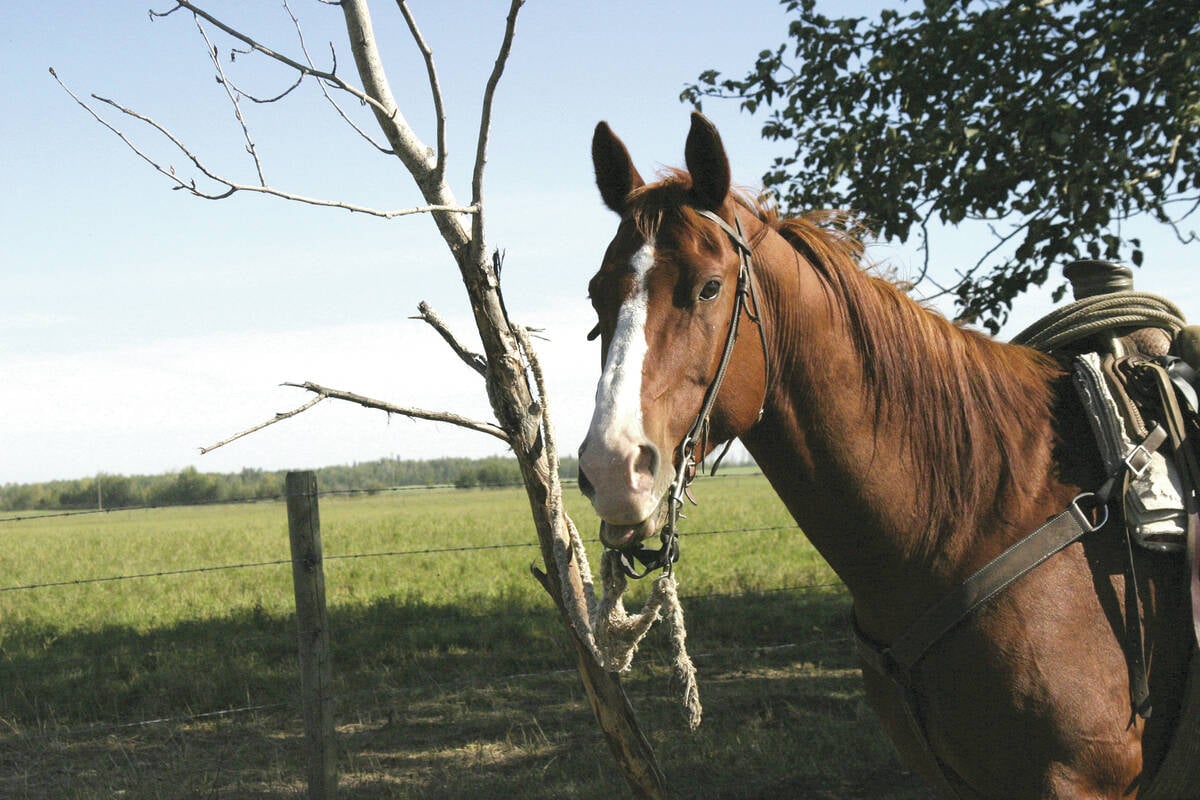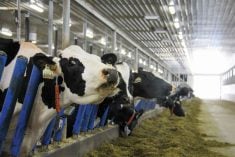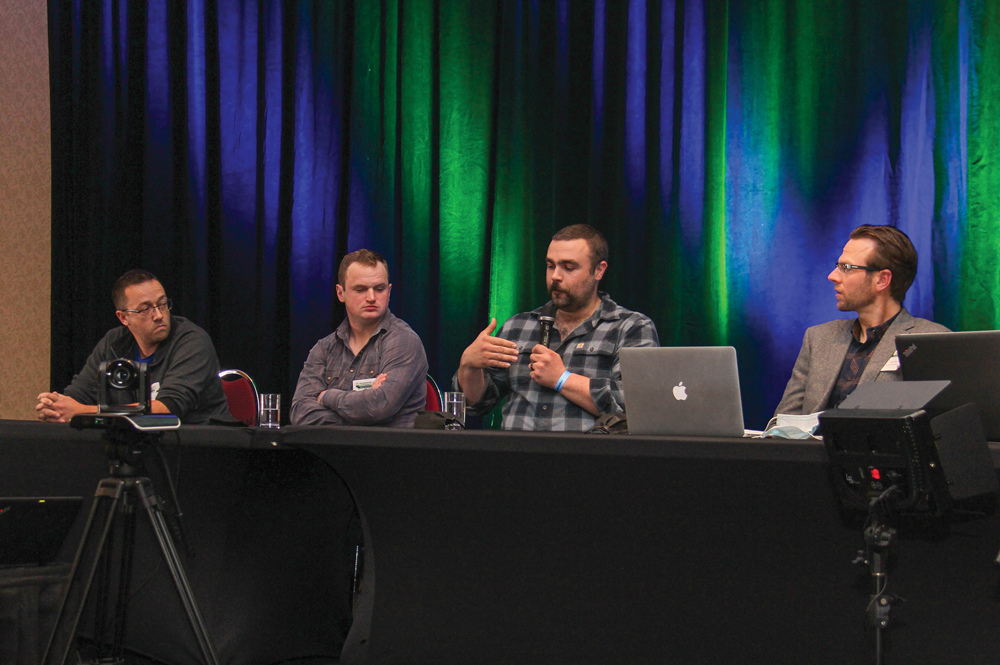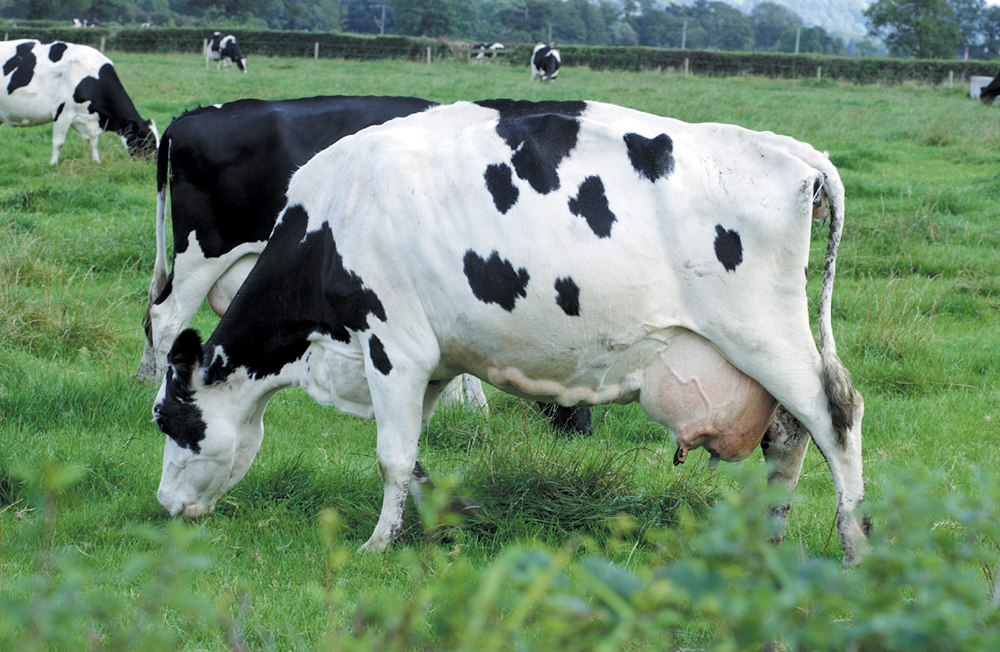The Canadian dairy industry will try once again to develop a national all-milk pool despite failed efforts over the last 15 years.
The Canadian Milk Supply Management Committee has asked the Canadian Dairy Commission to develop a possible road map for a national pool.
The CMSMC at its recent meeting in July called for the report. The CDC will present proposals for discussion at the committee’s next meeting in October.
Officials cautioned the work is only preliminary and an all-milk pool is still a long way off.
Read Also

Weekend warrior horses at risk
Horses need steady, rhythmic movement. Going from no activity to weekend bursts of exercise risks physical strain and injury.
“It’s very much at the exploratory point right now,” said Rick Phillips, Dairy Farmers of Canada’s policy and government relations director.
The dairy industry formed regional fluid milk pools in the mid-1990s following the Uruguay round of world trade negotiations. The western pool (or P4) includes Manitoba, Saskatchewan, Alberta and British Columbia. The P5 eastern pool includes Ontario, Quebec, New Brunswick, Nova Scotia and Prince Edward Island. Each group pools returns from fluid milk sales and shares markets and revenues.
The nine provinces together pool markets and returns for special industrial milk classes.
But the industry has never gone all the way toward pooling all milk nationally, even though task forces recommended it.
HUGE ISLAND
Regional differences are cited as one reason for having two regional pools instead of one national one.
One difference is that the western pool has a higher percentage of milk going into the fluid market, while the eastern pool handles more industrial milk.
The fluid-industrial breakdown is roughly 50-50 in the P4 and about 35-65 in the P5, which controls about 80 per cent of the national market sharing quota (MSQ) for industrial milk.
Another factor is that the two pools are separated by a huge island called Northern Ontario, which has few dairy farms. Sharing fluid markets could mean hauling milk interprovincially across that vast distance, which would be geographically impractical.
But those are things that can be worked out, depending on how a national pool is set up, said David Wiens, Dairy Farmers of Manitoba chairman.
“You can make it as simple or as complicated as you want,” he said.
Wiens said DFM is on record as supporting a national pool. Manitoba started in the eastern pool and later switched to the western pool after briefly belonging to both for a while.
Originally, each province had its own fluid milk pool. Wiens said larger pools are logical today because processors and retailers are consolidating and markets are now spread out across greater areas.
“To us, it makes a lot of sense to deal with it on a larger level.”
John Core, the Canadian Dairy Commission’s chief executive officer, said a national pool would give the industry the flexibility to react to emergency situations, such as the breaching of Canada’s tariff walls designed to protect domestic dairy products from foreign imports.
That threat became real three years ago when a combination of low world prices and a robust loonie nearly made imports price competitive in Canada despite the tariffs. That would have caused producers to lose sales and revenues.
Such losses would be regional, since foreign exporters would target specific markets. National pooling would allow producers across the country to share those losses and soften the economic blow, said Core.
“If we ever got to the point where there was a tariff wall breach, we’d need the flexibility to be able to adapt as a group to it,” he said.
“There’s more flexibility in a national system when you do that.” [email protected]
———
“It’sverymuchat theexploratory pointrightnow.”
– RICK PHILLIPS, DFC














